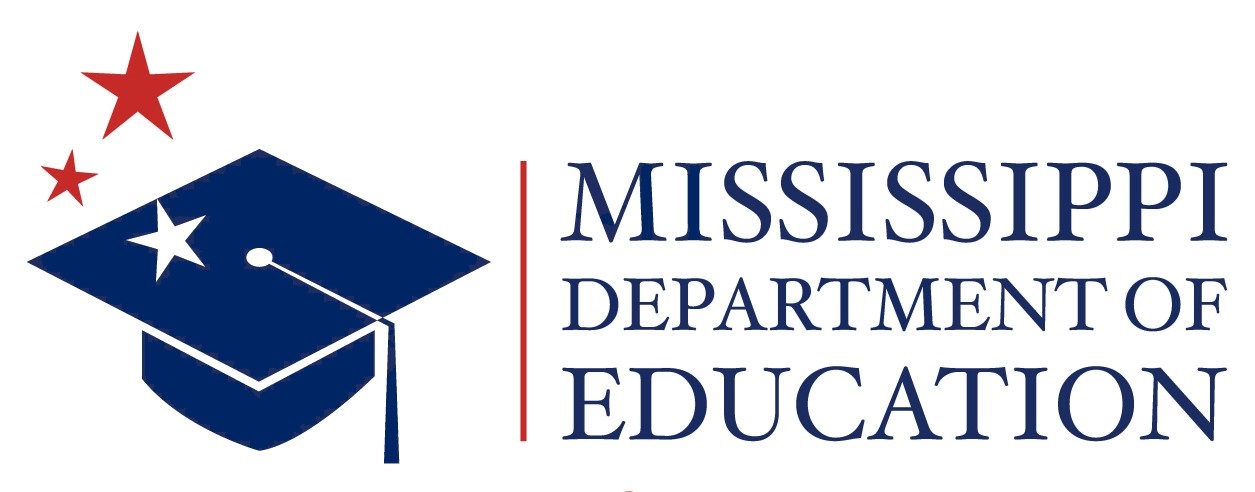Authorizing Legislation
Section 18003 of Division B of the Coronavirus Aid, Relief, and Economic Security (CARES) Act
Period of Funds Availability
May be used for pre-award costs dating back to March 13, 2020, when the national emergency was declared. Available for obligation by State educational agencies (SEAs) and subrecipients through September 30, 2022.
Use of Funds
The CARES Act includes allowable uses of funds related to preventing, preparing for, and responding to COVID-19. Note that the “additional” LEA allowable uses of funds under the CRRSA Act already were permitted under the CARES Act.
Equitable Services
An LEA that receives ESSER funds under the CARES Act (Section 18005) must provide equitable services to non-public school students and teachers in the same manner as provided under section 1117 of Title I, Part A of the ESEA.
Maintenance of Effort (MOE)
Under the CARES Act, a State that receives ESSER funds must maintain support for elementary and secondary education and State support for higher education in each of fiscal years (FY) 2020 and 2021 at least at the level of such support that is the average of the support for elementary and secondary education and higher education provided in the three fiscal years preceding the date of enactment of the CARES Act (FYs 2017, 2018, 2019).
Reporting
Under the CARES Act, each SEA that receives ESSER funds must meet the reporting requirements of section 15011 of the CARES Act, which are satisfied through the Federal Funding Accountability and Transparency Act (FFATA) reporting, and other reporting as the Secretary may require (Annual Reporting).
Tracking of Funds
ESSER funds must be tracked separately from ESSER II and ARP (ESSER III) funds.
Allowable Activities under ESSER (ESSER I)
- Any activity under ESEA, IDEA, the Adult Education and Family Literacy Act, Carl D. Perkins Career and Technical Education Act of 2006, or McKinney-Vento Homeless Assistance Act
- Coordination of preparedness and response efforts of the LEA with State, local, tribal and territorial public health departments, and other relevant agencies to improve responses to prevent, prepare for, and respond to coronavirus
- Provide principals and school leaders with resources to address the needs of the school
- Activities to address the unique needs of low-income students, children with disabilities, ELs, racial and ethnic minorities, homeless students, foster care youth (including outreach and service delivery)
- Develop and implement procedures and systems to improve the preparedness and response efforts of LEAs
- Training and PD for staff on sanitation and minimizing the spread of infectious diseases
- Purchasing supplies to sanitize and clean the facilities
- Planning for and coordinating long-term closures, including providing meals, technology for online learning to all students, carrying out requirements under IDEA, and ensuring other educational services can continue
- Purchasing of educational technology (hardware, software, connectivity) that aids in regular and substantive educational interaction between students and classroom instructors including low-income students and students with disabilities
- Providing mental health services and supports
- Planning and implementing summer learning and supplemental afterschool programs (addressing needs of low-income students, students with disabilities, ELs, Migrants, Homeless students and Foster Care students)
Useful Links



